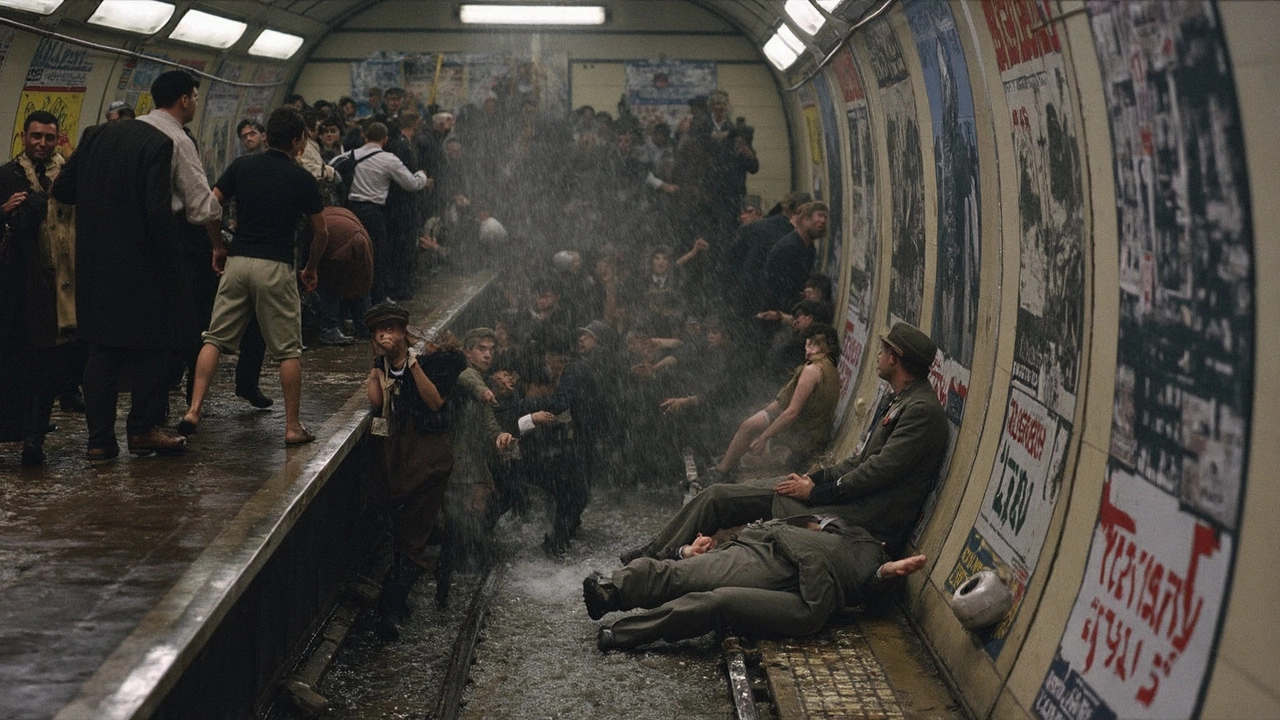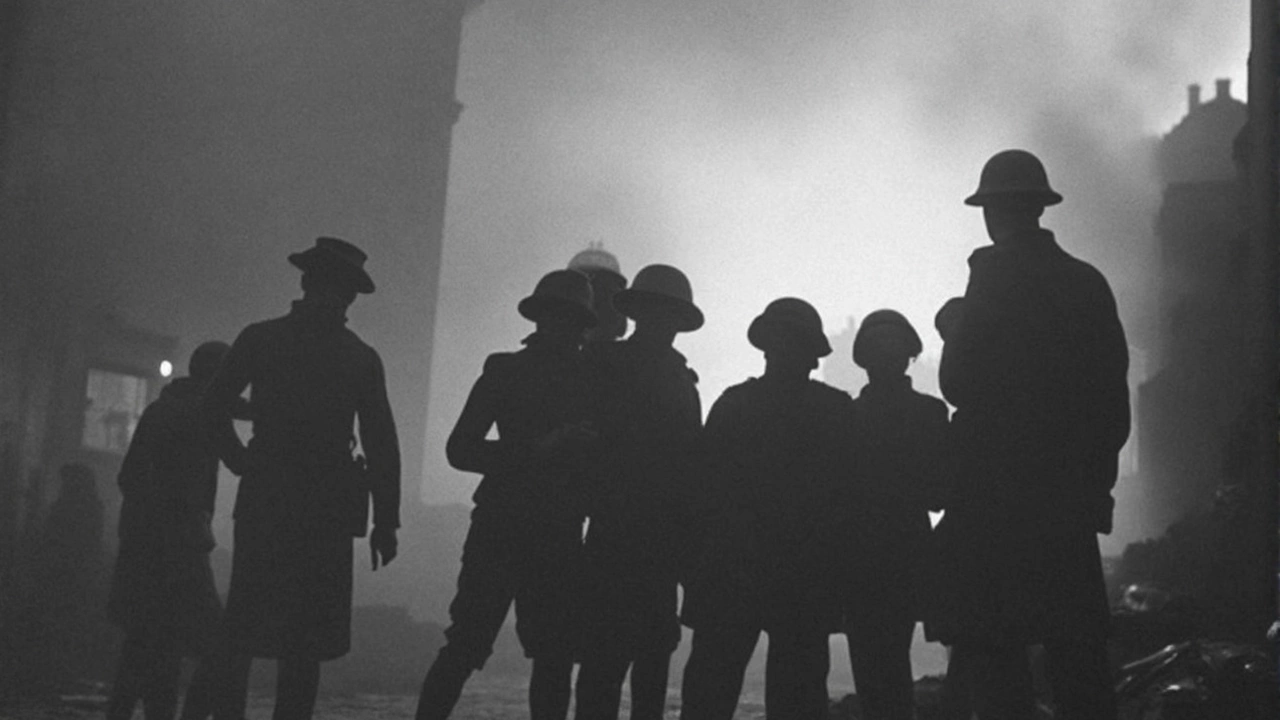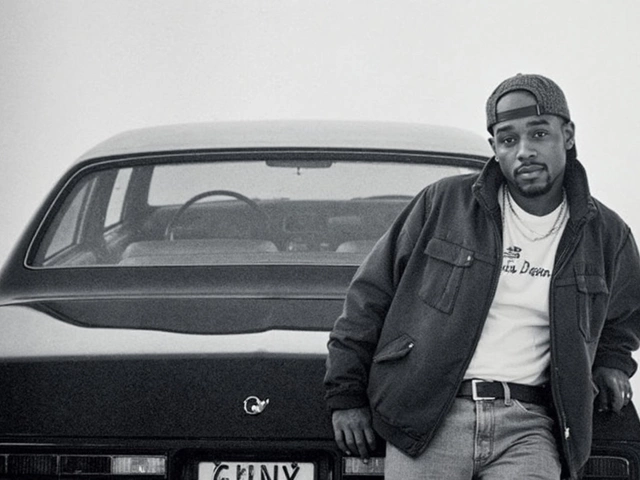The Blitz Spirit: Image vs. Reality
If you’ve ever watched documentaries or flicked through school history books, you’ve probably seen the phrase Blitz Spirit pop up again and again. It paints a picture of Londoners standing shoulder to shoulder in bomb shelters, singing songs and drinking tea while bombs fell overhead. But, scratch beneath the surface and you’ll find a much messier—and far more real—story lurking underneath.
During World War II, the phrase 'Blitz Spirit' was everywhere. The government loved it. Posters with chirpy slogans like “Keep Calm and Carry On” hung in train stations and offices. Newsreels showed smiling families sweeping up glass and helping neighbors. But behind this official image, a lot of people felt something very different. Diaries and letters from the time talk about sleepless nights, shattered homes, and a kind of exhaustion that went way beyond patriotism. People still went to work every morning, sure—but many did it because there wasn’t much of a choice. “Resilience” sometimes just meant putting one foot in front of the other, not whistling a happy tune.
Historians such as Angus Calder have really dug into this, arguing that the myth of unity and cheerful endurance didn’t match what was actually happening in the streets. For every ‘Blitz Spirit’ party in a shelter, there were stories of families packed into tiny spaces, tempers fraying, and tensions rising. Some parts of London saw a spike in looting, others reported neighbors barely speaking. Far from being one big family, plenty of people felt isolated, scared, or downright angry.

Propaganda, Pushback, and the Messy Middle
The wartime propaganda machine played a huge part in shaping what we think the Blitz was like. Films, posters, and radio broadcasts all told people how they were supposed to act—and then told the rest of the world that this was just what the British did. But letters sent home and reports from the Home Office often tell a story of morale as fragile and flickering, not rock-solid. There were days of despair and long nights of fear. In some areas, anti-social behaviour spiked. People sometimes felt like the government was smoothing over their struggles instead of helping them fix the problem.
Tucked away in the story is something else that tends to get left out: not everyone was willing to turn the other cheek, or just “carry on” without complaint. Many civilians, watching their homes and families devastated, wanted revenge. Calls for the RAF to bomb German cities became common. It wasn’t all stoic suffering—lots of people felt a very real anger and wanted to see their country fight back, hard.
This flips the traditional narrative right on its head. Rather than a purely defensive, gentle public, there was a mix of exhaustion, endurance, fury, and even moments of hope. If you picture everyone together in a shelter singing “We’ll Meet Again,” you’re missing the months of hunger, nights spent crowded in subway tunnels, and the frustration at government officials who sometimes seemed more interested in good press than real help.
It’s also worth noting that the British experience wasn’t completely unique. If you look at German, Japanese, or Chinese cities bombed during the war, you’ll find that regular people learned to adapt and survive too, sometimes in eerily similar ways. The difference was often in how those stories were told later, not always in what people actually lived through.
After the war ended, the legend of the Blitz Spirit didn’t fade away—it grew. Movies, TV specials, and politicians kept it alive, shaping it into a sort of national badge of honor. People wanted to look back and see unity, not chaos. But by focusing on the myth, we sometimes skip over just how challenging those years really were for people on the ground. Ordinary Brits dealt with trauma, broken families, and, at times, a sense that survival was down to luck as much as bravery.
So, the next time you hear about the famous Blitz Spirit, remember there’s more to it than tea and stiff upper lips. Real resilience comes in many forms, and the true stories behind Britain’s wartime experience are as complicated, fraught, and real as the people who lived them.







Write a comment